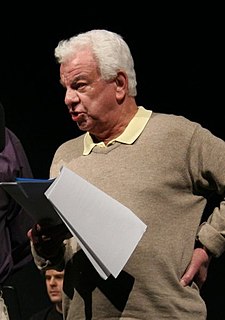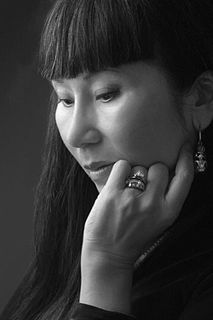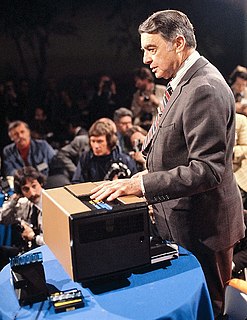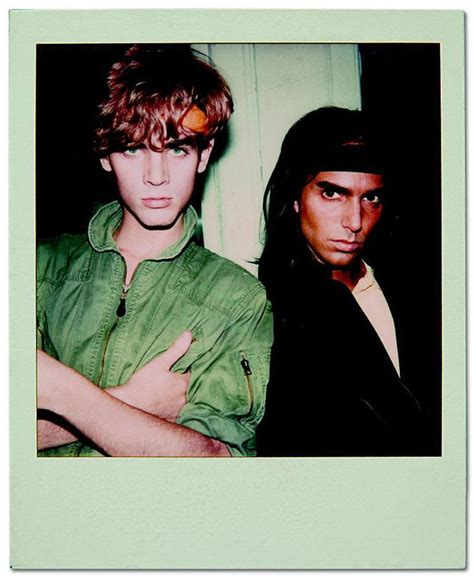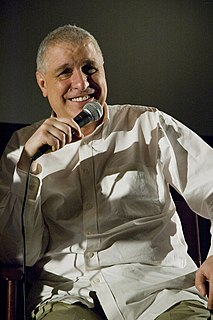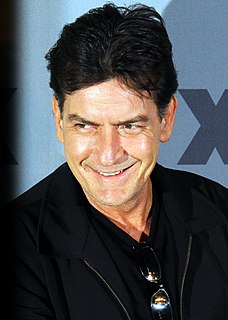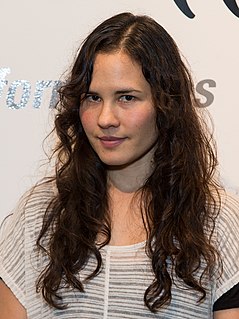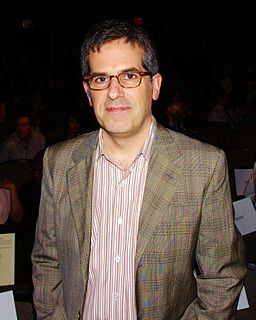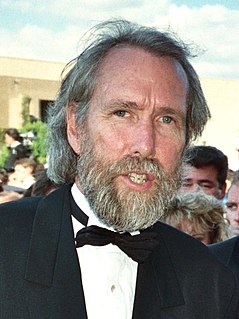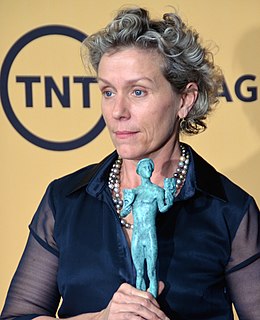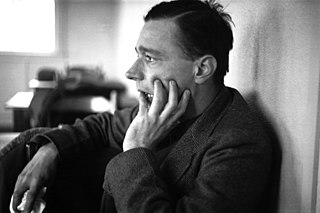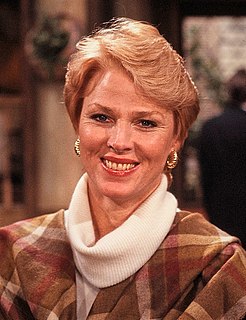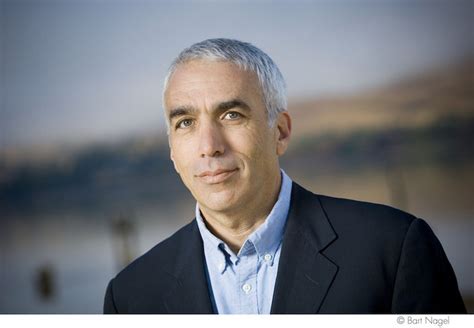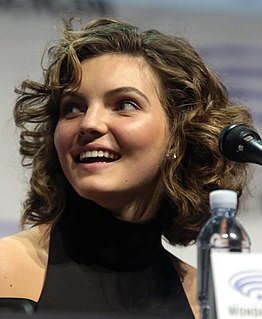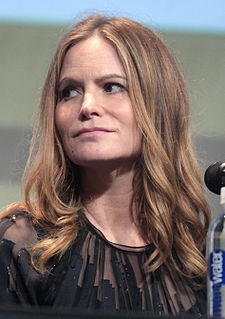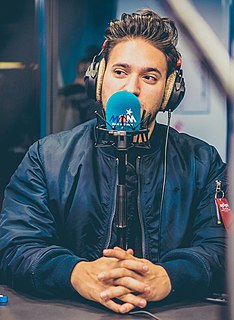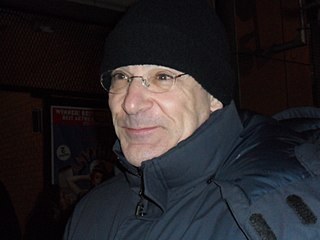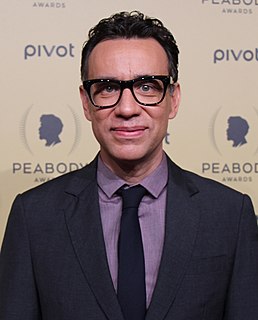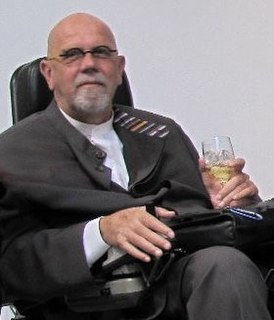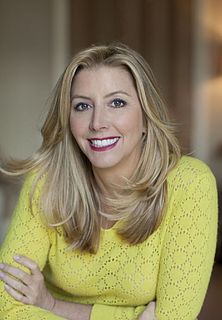Top 46 Polaroid Quotes & Sayings
Explore popular Polaroid quotes.
Last updated on April 14, 2025.
So [Polaroid's Dr. Edwin] Land, at 75, went off to spend the remainder of his life doing pure science, trying to crack the code of color vision. The man is a national treasure. I don't understand why people like that can't be held up as models: This is the most incredible thing to be - not an astronaut, not a football player - but this.
When I was young, there was an amazing publication called The Whole Earth Catalog, which was one of the bibles of my generation. It was created by a fellow named Stewart Brand not far from here in Menlo Park, and he brought it to life with his poetic touch. This was in the late 1960's, before personal computers and desktop publishing, so it was all made with typewriters, scissors, and polaroid cameras. It was sort of like Google in paperback form, 35 years before Google came along: it was idealistic, and overflowing with neat tools and great notions.
My sisters and I stand, arms around each other, laughind and wiping the tears from each others eyes. The flash of the Polaroid goes off and my family hands me the snapshot. My sisters and I watch quietly together, eager to see what develops. Ghe grey-greensurface changes to the bright colors of our three images, sharpening and deepening all at once. And although we don't speak, I know we all see it: Together we look like our mother. Her same eyes, her same mouth, open in suprise to see, her long-cherished wish.
At the beginning, Edo was a photographer, and I was more of a talent scout and doing styling and modelling. Then all of a sudden, in 1977, he gave me a Polaroid camera, and I discovered that instead of having to go to a lab and develop the film, I could just take a click and get a picture! It was genius, and I was very good at manipulating it.
I've always found paintings of nudes depressing because they can't compete with photographs. The grainiest photograph of some girl, a blurry Polaroid - you'd rather look at that than the Venus de Milo, because you think, Wow, that's really somebody... This camera really was in front of this real naked lady.
You know, Dr. Edwin Land was a troublemaker. He dropped out of Harvard and founded Polaroid. Not only was he one of the great inventors of our time but, more important, he saw the intersection of art and science and business and built an organization to reflect that. Polaroid did that for some years, but eventually Dr. Land, one of those brilliant troublemakers, was asked to leave his own company - which is one of the dumbest things I've ever heard of.
In 1978 I decided not to work with Man Ray as an act of self-discipline. I didn't want to rely on him. Man Ray hated not working, though. He would come into my studio, see me drawing or working on photographs, and just slump down at my feet with a big sigh. Fortunately for both of us the year ended. Polaroid had invented a new camera, the twenty-by-twenty-four, and I was invited to Cambridge, Mass., to experiment with it. Naturally, I took Man Ray and we were working again.
What is memory but the repository of things doomed to be forgotten, so you must have History. You must have labor to invent History. Being faithful to all that happens to you of significance, recording days, dates, events, names, sights not relying merely upon memory which fades like a Polaroid print where you see the memory fading before your eyes like time itself retreating.
In my theater pieces, I would do "Tits on the Head" - Polaroid photos for $10 on the stage. There would be a line of folks paying me $10 for their turn. It was public prostitution. I turned my whole audience into johns. But because it was in a theater context, an art context, it was socially acceptable.
Aladdin in his most intoxicated moments would never have dreamed of asking his [djinn] for [a polaroid] ... It's utterly new in concept and appearance, utilizing an utterly revolutionary flash system, an utterly revolutionary viewing system, utterly revolutionary electronics, and utterly revolutionary film structure.
Polaroid material has the most beautiful quality - the colors on one side, but then the magic moment in witnessing the image to appear. The time stands still and the act of watching the image develop can be shared with the people around you. In the fast world of today it's nice to slow down for a moment. At the same time Polaroid slows time, it also captures a moment which becomes the past so instantly that the decay of time is even more apparent - it gives the image a certain sentimentality or melancholy.
There's benefits of having established artists on the record, Liam Payne on 'Polaroid' for example. If you look at that song you have Lennon Stella, who's an up-and-coming artist, so there's a balance on there because I still want people to focus on the song just as much as Liam being an amazing superstar.
There two other areas that are personally deeply important to me, that I hope the Homeland show can attend to in some way - one, being the refugee crisis. These are the most vulnerable people among us in the world. There are over 60 million refugees displaced by war, over 21 million that go to a third country. The numbers are climbing, and there are no legal options for these people. These are the victims of the real world's crises that the Homeland world reflects on, and almost takes a Polaroid of these days, versus a fictional tale of it.


